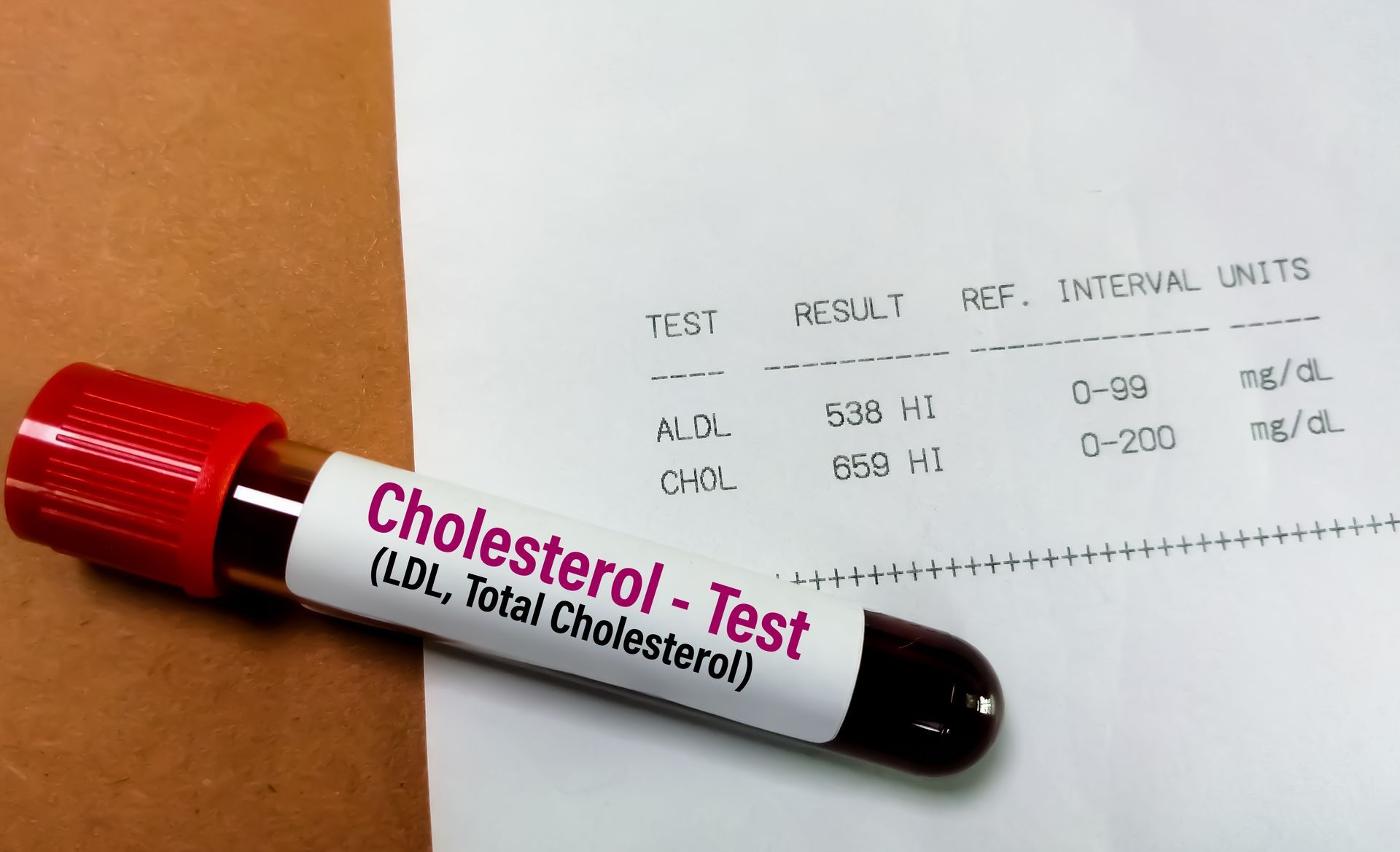Our Location
Elige tu idioma:
The Prevalence and Prevention of Diabetes in Seniors

Is it just the natural aging process? Or could it be the chronic health issue sweeping across the nation, affecting over 14 million seniors daily?
Affecting over 30 million adults in the U.S. alone, diabetes is one of the biggest health issues in medical history. And the future isn’t looking up. Another 88 million U.S. adults have what is known as “pre diabetes” – a chronic elevation of blood sugar that isn’t quite high enough to warrant the diagnosis yet. While diabetes can strike anyone, those over the age of 65 are more at risk.
The body requires specific sources of energy to operate on a day to day basis. The most abundantly used type of energy comes in the form of glucose. In order for the body to use this energy-dense sugar, it needs insulin. This hormone helps shuttle glucose where it needs to go. Without it, glucose is trapped in the bloodstream, unable to provide the energy where the body needs.
Those with diabetes, however, may not make enough insulin, may not use insulin appropriately, or a combination of both.
For Type 1 diabetics, their body does not make insulin. Often diagnosed in children and young adults, older adults may develop this type of diabetes. As well, some individuals with type 1 diabetes in childhood, can develop type 2 diabetes if not careful in prevention.
Type 2 diabetics do not make or use insulin well. The most common type of diabetes, T2D occurs most often in middle-aged and older adults. The risk of developing type 2 diabetes is higher for those who are overweight, inactive, or have a family history of diabetes. Many times, these risk factors increase with age.
How Prevalent is Type 2 Diabetes in Seniors?
Many individuals’ activity levels decrease with age, whether from injury or lack of awareness. Approximately 14 million seniors (25% of Americans 65 and older) have diabetes, and there are still many who go undiagnosed.
While this makes up the highest prevalence of diabetes of any age-group, many older adults are often excluded from controlled trials of treatment. This is often due to the inability to control for the many other age-related health factors in these adults. This makes it challenging to determine standard intervention strategies that fit all older adults.
In addition, individuals are more likely to become diagnosed with diabetes as they age, meaning those over the age of 65 may have long-standing diabetes or have been diagnosed in the last few years. The staggering differences between these two groups adds to the complexity of treatment recommendations.
However, no treatment is not an option.
What are the Risks Associated with Type 2 Diabetes
Symptoms of type 2 diabetes often include feeling tired, increased hunger or thirst, unexplained weight loss, frequent urination, or vision problems. Symptoms develop slowly and may go unnoticed, resulting in many individuals with type 2 diabetes going undiagnosed for years on end. Older adults, especially, dismiss these symptoms as “getting old.”
In addition to diabetic symptoms, older adults (diagnosed or otherwise) have an increased chance of coronary disease, heart attack, and strokes, accounting for approximately 65% of deaths in those with diabetes.
The Centers for Disease Control and Prevention (CDC) suggest that the number of cases of diagnosed diabetes in those aged ≥65 years will increase by 4.5-fold (compared to 3-fold in the total population) between 2005 and 2050.
As prevalence increases in older adults with diabetes, as does the rates of major lower-extremity amputation, myocardial infarction (MI), visual impairment, and end-stage renal disease. Deaths from hyperglycemic crises also are significantly higher in older adults as are the rates of emergency department visits for hypoglycemia than the general population with diabetes.
How Can Type 2 Diabetes Be Prevented in Older Adults
In order to avoid the risks associated with type 2 diabetes (and mitigate the risk of diagnosis), older individuals should be aware of the largest causes of this disease:
Being Overweight.
This is usually caused by a diet that is loaded with sugar, carbohydrates, and non-nutritious foods as well as the following lifestyle.
A Sedentary Lifestyle.
Weight management problems might be exacerbated by a lack of exercise. Our bodies can't fight high-calorie foods, stress, or other medical conditions if we don't keep them tuned up, strong, and healthy.
Weight management is one of the most important factors in preventing and managing diabetes. With just a few lifestyle changes, diabetes can be mitigated; it may even disappear!
Physical activity interventions increase functional status in older persons, despite the fact that age and diabetes conspire to diminish fitness and strength. Participants aged 65–76 years old had lesser increases in fitness with the intensive lifestyle intervention than younger patients in a previous trial, but nevertheless improved their fitness measurements by over 15% on average.
In older adults, even light-intensity physical activity is associated with higher self-rated physical health and psychosocial well-being. Other lifestyle changes include:
Increase Dietary Fiber Intake.
20-35 grams of fiber a day from whole grains, oatmeal, fruits, and veggies is recommended.
Manage Stress & Emotional Well-Being.
It has been clinically proven that stress increases blood sugar levels. Find ways to manage stress and even use it to improve your emotional well-being (via meditation, journaling, etc.).
Maintain General Health.
Other medical conditions, infections, and health issues can complicate diabetes management, so staying in overall good health makes sense.
The Best Tips for Improving Type 2 Diabetes with Age
Several organizations have created diabetic recommendations that are tailored to or include older people. In its yearly Standards of Medical Care in Diabetes, the American Diabetes Association includes a section on older individuals.
Diabetes care for older persons should be based on goals created for younger adults if they are functional, cognitively sound, and have a long life expectancy.
Glycemic goals for older adults not meeting the above criteria may be relaxed and more individualized to avoid risk of hyperglycemia complications.
Other cardiovascular risk factors should be treated in older adults with consideration of the timeframe of benefit and the individual patient.
Screening for diabetes complications should be individualized in older adults, and particular attention paid to complications that would lead to functional impairment.
Finally, understand that food is the biggest driver of glucose levels, so making healthy meal choices and tracking levels is of the utmost importance to those with type 2 diabetes. The best way to do this is by working with a health care team to come up with a plan. Very high glucose levels (called hyperglycemia) or very low glucose levels (called hypoglycemia) can be risky and having a team to plan, test, and modify lifestyles as needed is invaluable to those looking to improve their type 2 diabetes.
Ocana Medical Care, located in Tampa, FL, aims to bring you as much information as possible to keep you healthy. We’re in this together. #ocanacares
“Respect. Compassion. Quality. Integrity. These are the values on which Ocana Medical Center was built. Our aim isn’t just to treat you today. We hope to earn your trust and be your healthcare provider for life.”
©2023 Ocana Medical Group, Inc.
USEFUL LINKS
GET IN TOUCH
Call Us Today
Send us Email
Our Location
Ocana Medical Center | All Rights Reserved.












